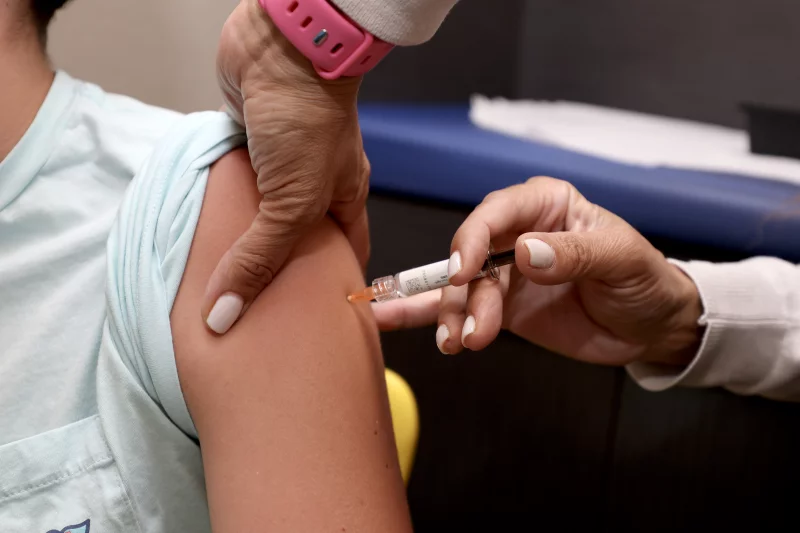In a significant shift in global health trends, the United Nations Children’s Fund (UNICEF) has reported that, as of 2025, childhood obesity has overtaken undernutrition as the leading form of malnutrition among children and adolescents aged 5 to 19. This alarming development reflects a broader public health crisis fueled by the pervasive marketing of ultra-processed foods and sugary beverages.
The Rise of Obesity
UNICEF’s report highlights a troubling increase in obesity rates among young people worldwide. Between 2000 and 2022, the number of obese children and adolescents has more than doubled, from 194 million to 391 million. In 2022, approximately 8% of individuals aged 5 to 19 were classified as obese. By 2025, projections indicate that nearly one in ten children and adolescents will be living with obesity.
Undernutrition Declines, Obesity Rises
Conversely, the prevalence of undernutrition in the same age group has decreased from 13% in 2000 to 10% in 2022. Despite this positive trend, the growing rates of obesity have overshadowed these gains, leading to a “historic turning point” where obesity now surpasses undernutrition globally.
Contributing Factors
UNICEF attributes this shift primarily to the aggressive and often unethical marketing strategies employed by the food and beverage industry. Children are increasingly exposed to advertisements promoting unhealthy foods, particularly in schools and through digital platforms. These products are often more affordable and accessible than healthier options, such as fruits, vegetables, and proteins, leading families to make less nutritious dietary choices.
Health Implications
Obesity in childhood is associated with a range of serious health issues, including type 2 diabetes, cardiovascular diseases, certain cancers, and mental health disorders such as anxiety and depression. UNICEF emphasizes that these health challenges are not solely the result of individual choices but are influenced by broader societal factors, including the availability and marketing of unhealthy foods.
Call to Action
UNICEF urges governments worldwide to implement stricter regulations on the marketing of unhealthy foods to children, particularly in educational settings. Recommendations include imposing taxes on sugary drinks, restricting advertising aimed at young audiences, and promoting policies that encourage the production and consumption of healthier food options.
Conclusion
The shift from undernutrition to obesity as the predominant form of malnutrition among children and adolescents represents a critical challenge to global public health. Addressing this issue requires concerted efforts from governments, the food industry, and communities to create environments that support healthy dietary habits and protect young populations from the detrimental effects of unhealthy food marketing.












Leave a Reply